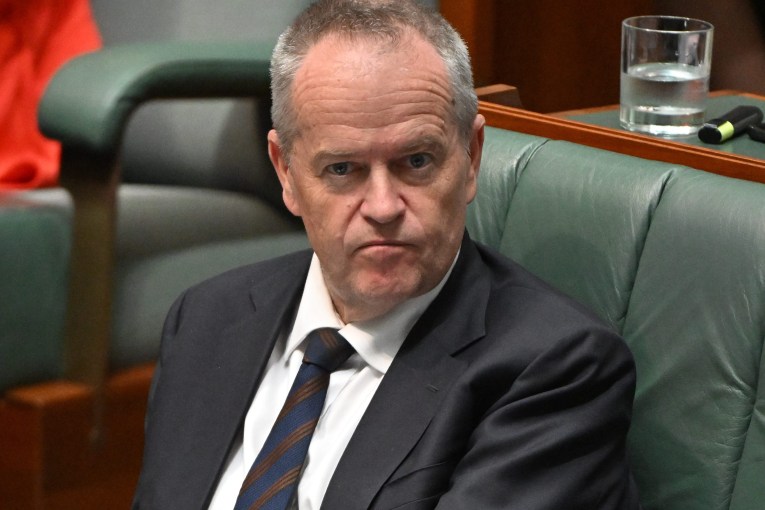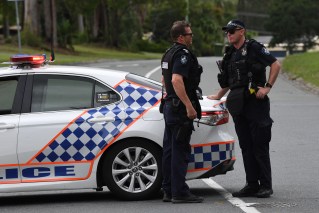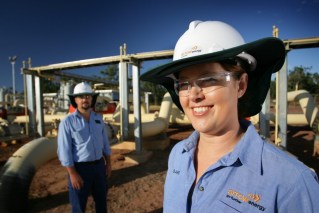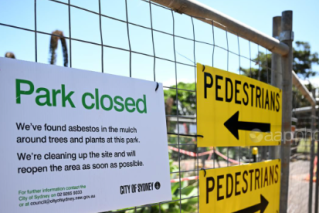Battle of the bulge: Queensland regions are nation’s least active
One of Australia’s top rural doctors says it is no surprise regional Queensland is bloated with cardiovascular disease risk factors, as thinning ranks of GPs on the clinical frontline fight a losing battle against the obesity epidemic.

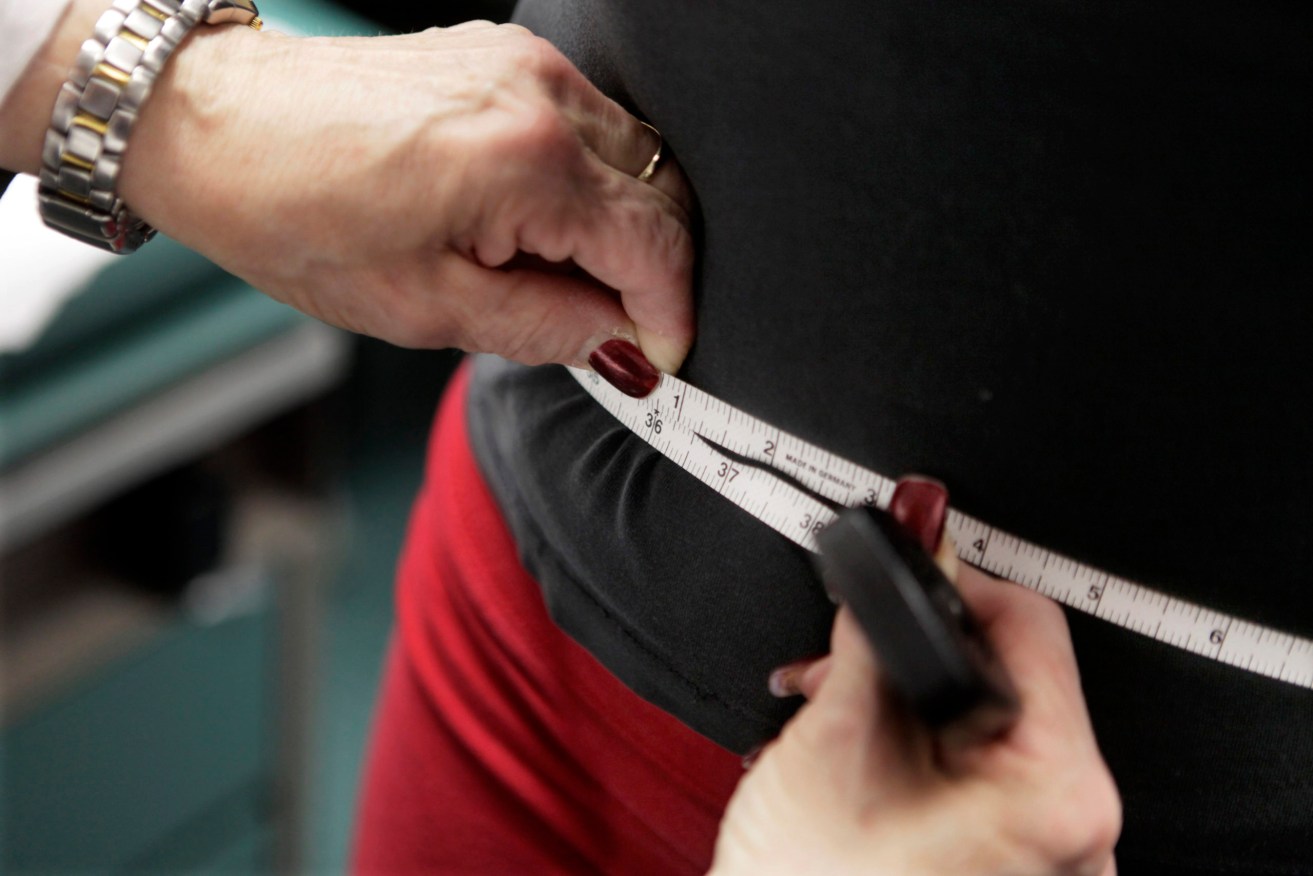
Heart Foundation data shows regional Queensland is home to seven of the 10 least active regions in the country. (Photo: AP PHOTO)
Heart-stopping figures have been released by the Heart Foundation showing regional Queensland is home to seven of the 10 least active regions in the country, and half of Australia’s top 10 high blood pressure hotspots.
Central Queensland is Australia’s high blood pressure capital, where the “silent killer” affects almost one in four adults.
High blood pressure is also a big problem in Mackay-Isaac-Whitsundays, Townsville, Wide Bay and Toowoomba districts, which rank at 4, 5, 6 and 10 out of all the regions across Australia.
Logan-Beaudesert in the state’s southeast is Queensland’s least active region, where more than three in four residents are not moving enough for good health. Nationwide, it is second only to Sydney’s southwest.
The data also shows that places with some of the nation’s lowest exercise rates are all in regional Queensland.
Former Australian College of Rural and Remote Medicine and Emerald GP, Dr Ewen McPhee, says the Heart Foundation figures for his region echo a nationwide trend of rising obesity, high blood pressure, inactivity and smoking not reflected in rates captured in the city.
“What these figures identify is that we have a major public health issue that’s directly related to the state of primary care in rural and remote Australia,” McPhee said.
“These issues are not applicable to Central Queensland or Queensland alone for that matter. These are issues in every rural and remote Australian community and they need urgent addressing at the highest levels.”

Dr Ewen McPhee.
More recruits needed
McPhee says that as the frontline medical workforce, GPs are the first to assess conditions like obesity and high blood pressure as warning signs of more serious chronic problems.
Fewer GPs on the ground means those warning signs are at risk of being missed, which can lead to more complicated care in hospital at higher cost to the government health bill.
Factors related to rural living, such as poorer access to medical treatments due to distance, fewer health clubs and gyms and lower supplies of affordable, nutritious food are compounding the obesity surge, McPhee says.
“We don’t have gyms on every corner like they do in the city and there can be limited places to exercise,” he said.
“You combine that with higher levels of stress and poor health literacy on the part of some demographics who won’t prioritise their health, then place that into context with shortages of GPs, who are trained to pick up these problems early, then you can see why we have a very real problem.
“The neglect of general practice by successive federal and state governments is really starting to bite – these findings are simply the symptom of a failure of primary health care.
“It also cements the fact that living in rural Australia means shorter life expectancy, lower quality of life and poorer health outcomes for the people in those communities.”
Beaudesert shocked
The findings on activity and obesity have shocked people in Beaudesert when contacted by InQueensland.
The semi-rural community southwest of Brisbane has a proud sporting tradition, producing several high-profile rugby league first-graders such as Andrew Gee and Corey Parker and international golfing superstar Jason Day.
But it also has a large ageing demographic and a recent low-cost housing surge in tandem with a flush of new fast-food outlets that’s prompted some locals to question if the results have been skewed by the rapid changes in the town’s population.
Heart Foundation Queensland CEO Stephen Vines has indicated the results correlate with socio-economic position.
“It’s no coincidence that regions with the highest rates of heart disease are also likely to be the most disadvantaged areas,” he said.
“Unsurprisingly, we are seeing alarming rates of obesity and physical inactivity in these hotspots, which have huge implications for residents’ future heart health.”
Almost two in five Logan-Beaudesert residents are obese – the highest rate of any Queensland region and more than 50 per cent higher than in Brisbane’s south.
The Darling Downs-Maranoa, Mackay and Ipswich regions are among the other areas with obesity rates higher than the state average.
Beaudesert gym owner Janie Coutts, who operates one of two gyms in town, said membership of her club was at a record high at the start of the year, before Covid shut down the facility for three months and numbers declined.
She says business is now starting to pick up again, and she’s confident growth will continue as people seek an outlet for improving both their physical and mental health, especially in the wake of Covid.

Beaudesert gym owner Janie Coutts.
“For the cost of a meal in one of our drive-through fast-food places you can just about get weekly membership at the gym and come as many times as you like,” she said.
“That’s a small price to pay when you measure it against the long-term health benefits of regular exercise.”
‘Grim picture’
Further findings in the Heart Foundation report show Queensland is the second most inactive state after South Australia, but levels of inactivity as well as obesity vary greatly depending on address.
Nine of Australia’s 10 least active locations are in regional Queensland, while the places clocking up the most steps – led by inner-city Brisbane – are in the southeast corner of the state.
The Ipswich, Darling Downs-Maranoa and Wide Bay regions round out Australia’s top five inactivity hotspots. The national top 10 also takes in Central Queensland, Mackay-Isaac-Whitsundays and Moreton Bay-North.
“This paints a grim picture of how Australia’s single biggest killer continues to stalk the Sunshine State, and the heart health gaps that exist depending on where you call home,” Vines said.
Nationwide, heart disease deaths are more than 50 per cent higher for Australians in very remote locations compared to their capital city counterparts.
In the remote Queensland interior, which has the highest heart disease death rates in the state and second highest in Australia after the Northern Territory’s rural locations, they are close to twice as high as in Brisbane’s western suburbs.
Almost all the hardest-hit regions for deaths are outside metropolitan areas, except for Brisbane South, which ranks third. Queensland’s top 10 for hospitalisations are all in regional or rural areas.
Vines said all Queenslanders deserve to live a full and healthy life, no matter where they live.
“The Heart Foundation is committed to bringing these numbers down and improving the heart health of all Queenslanders,” Vines said.
“These maps illustrate which parts of the state are in greatest need of heart health services and investment, and we urge the Queensland Government to step up measures to tackle these gaps.”
Australia’s top 10 physical inactivity hotspots
- Sydney – South West (NSW)
- Logan–Beaudesert (QLD)
- Ipswich (QLD)
- Darling Downs–Maranoa (QLD)
- Wide Bay (QLD)
- Sydney – Blacktown (NSW)
- Central Queensland (QLD)
- Adelaide – North (SA)
- Mackay-Isaac-Whitsunday (QLD)
- Moreton Bay–North (QLD)
Australia’s top 10 high blood pressure hotspots
- Central Queensland (QLD)
- Hunter Valley exc Newcastle (NSW)
- Sydney – Parramatta (NSW)
- Mackay-Isaac-Whitsunday (QLD)
- Townsville (QLD)
- Wide Bay (QLD)
- Western Australia – Outback (South) (WA)
- Illawarra (NSW)
- Shepparton (VIC)
- Toowoomba (QLD)
